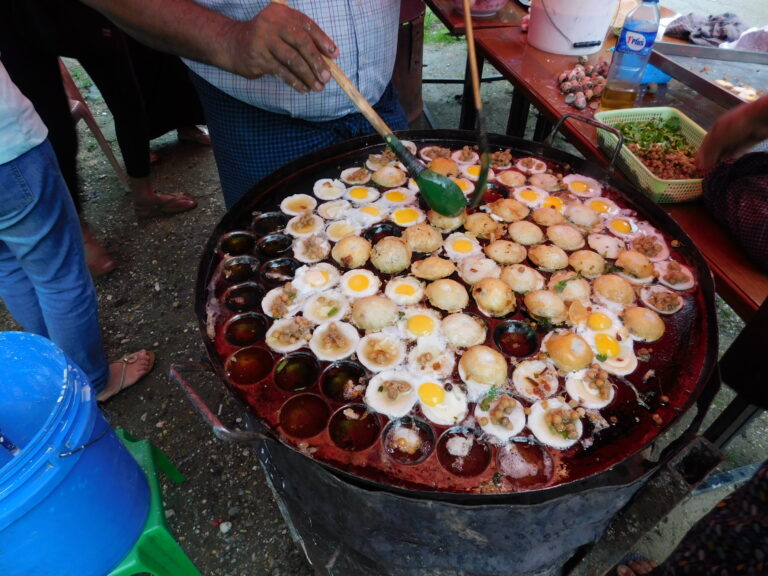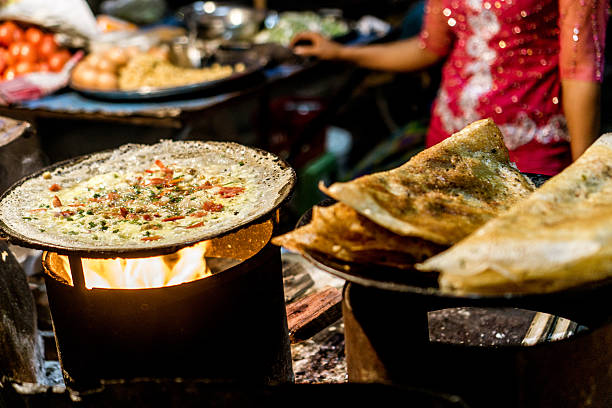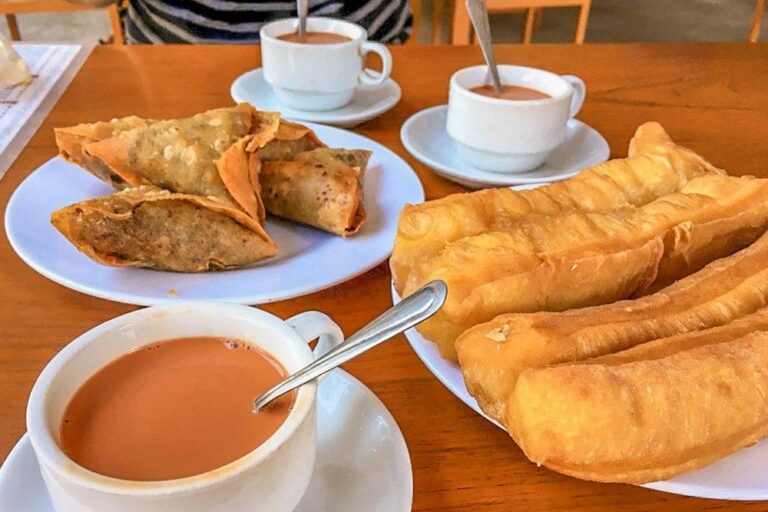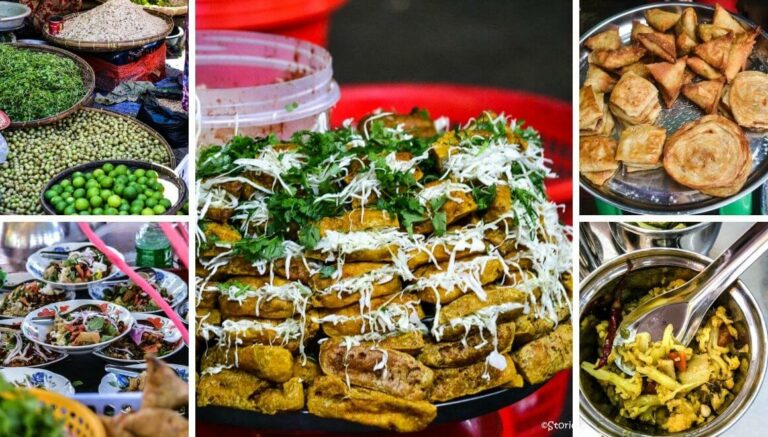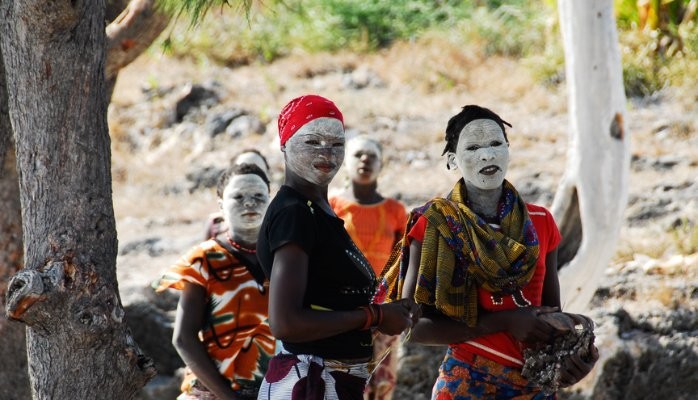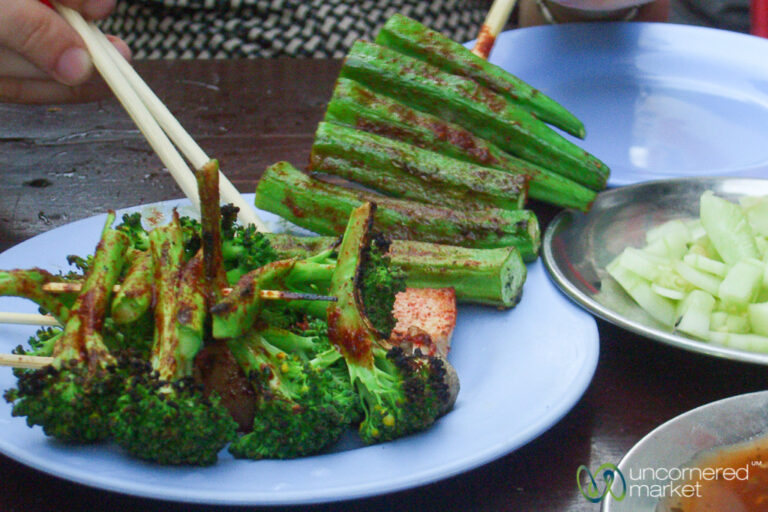Introduction: Myanmar Cuisine
Myanmar, formerly known as Burma, is a Southeast Asian country with a rich and diverse food culture. Its cuisine is heavily influenced by neighboring countries such as India, China, and Thailand, as well as its own regional specialties. Myanmar cuisine is known for its complex flavors, diverse ingredients, and colorful presentation.
Northern Delicacies: Shan Noodles and Mohinga
Shan noodles are a popular dish in northern Myanmar, particularly in the Shan State. The dish consists of slightly chewy rice noodles served in a broth made from chicken or pork bones, mixed with various spices and herbs, and topped with slices of chicken or pork, fried garlic, and crispy shallots. Shan noodles are often served with a side of pickled vegetables and a spicy dipping sauce.
Mohinga is another popular dish in northern Myanmar, considered the national dish of the country. It is a fish-based soup made with catfish, lemongrass, ginger, and other spices, thickened with chickpea flour. The soup is usually served with rice noodles, hard-boiled eggs, and crispy fritters. Mohinga is a staple breakfast dish in Myanmar and is commonly found at street food stalls.
Central Cuisine: Mandalay Mee Shay and Mont Lin Ma Yar
Mandalay Mee Shay is a noodle dish that originated in the central Myanmar city of Mandalay. It consists of thin rice noodles served in a rich gravy made from chicken or pork bones, mixed with spices, onions, and garlic. The dish is topped with slices of pork, fried garlic, and crispy shallots, and served with a side of pickled mustard greens.
Mont Lin Ma Yar is a sweet and savory dish that originated in the city of Bagan. It is a type of fritter made from chickpea flour and mashed banana, mixed with onions, garlic, and spices. The fritters are deep-fried until crispy and served with a drizzle of sweet syrup made from palm sugar and coconut milk.
Southern Flavors: Mon Hin Khar and Ah Nyar Chicken Curry
Mon Hin Khar is a popular soup dish in southern Myanmar, particularly in the Mon State. It is made from pounded fish mixed with coconut milk, turmeric, and other spices, served with rice. The soup is thick and creamy, with a slightly tangy and sweet taste.
Ah Nyar Chicken Curry is a flavorful dish made with chicken, onions, garlic, and a mixture of spices, including turmeric, cumin, and coriander. The dish is cooked in coconut milk until the chicken is tender and flavorful. It is usually served with rice or bread.
Western Tastes: Rakhine-style Fish Curry and Sanwin Makin
Rakhine-style Fish Curry is a spicy and sour dish that originated in the western state of Rakhine. It is made with chunks of fish, mixed with turmeric, chili, garlic, and other spices, cooked in a broth made from tamarind and fish sauce. The dish is usually served with rice and a side of pickled vegetables.
Sanwin Makin is a dessert dish that originated in the western city of Yangon. It is a sweet and creamy dish made from glutinous rice, coconut milk, and palm sugar, mixed with fried onions and sesame seeds. The dish is usually served cold and is a popular dessert in Myanmar.
Conclusion: A Taste of Myanmar’s Regional Specialties
Myanmar cuisine is diverse and full of delicious regional specialties. From Shan noodles in the north to Rakhine-style fish curry in the west, each region has its own unique dishes and flavors. Whether you’re a fan of spicy or sweet, meat or fish, Myanmar’s cuisine has something for everyone to enjoy.


